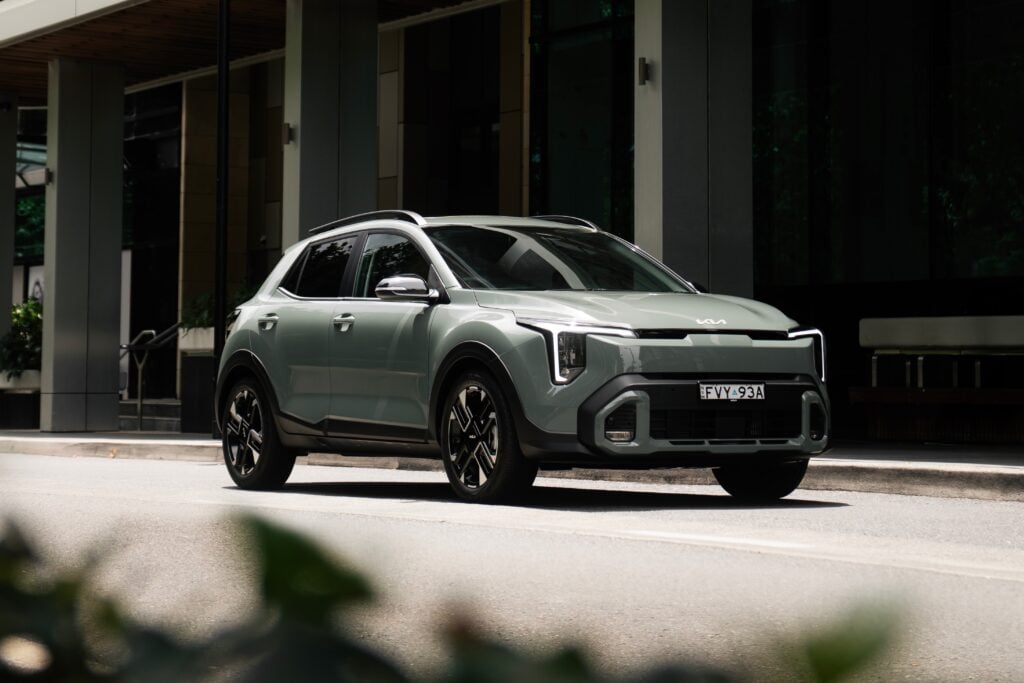If there’s one thing that’s guaranteed to get Wheels readers in a froth of righteous dudgeon, it’s the very suggestion of a Chinese electric SUV. Throw in the fact that it’s from a brand most will never have heard of and here is the sweet spot to get you lot turning off in your droves.
That being the case, the question I had when picking up the new Leapmotor C10 was straightforward. Just how bad could this thing be for $50k?
About five kilometres down the road, I had my answer. It’s truly, laughably terrible. I was being assailed with warning chimes of varying types on a constant basis. Sixteen chimes, yes sixteen, to warn you that you’re too close to the nearside white line.
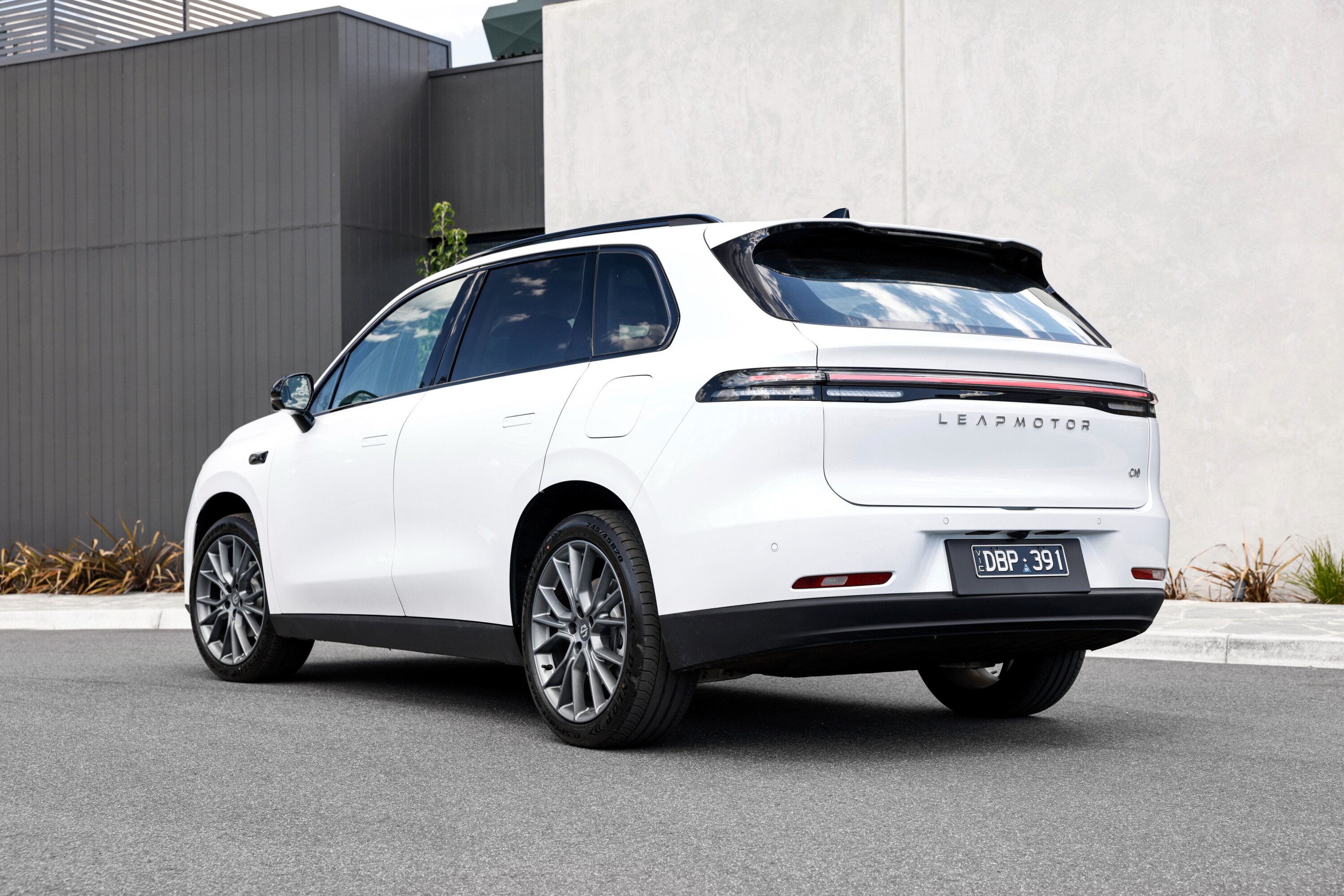
You edge away from it and then a volley of chimes starts that you’re too close to the line on the other side. Proceed further and the car will wrench uncouthly at the steering wheel. If it felt you weren’t looking in the right direction it would chime and heaven forbid you wear sunglasses. It would chime if it thought you were speeding, which was often because of the hopeless speed limit recognition.
After a while you just lost track of why it was incessantly chiming at you, It just was. I was beginning to wonder whether this was the worst contemporary vehicle I’d ever driven.
With no capacity to link your phone to either Apple CarPlay or Android Auto, you find yourself relying on the native navigation system to follow an unfamiliar route. Even that has its quirks. “In 900 metres, exit to the straight,” it piped up in perfectly-accented Manila call centre. What does that even mean? Exit or go straight? The latter as it turned out. When it says exit, it means don’t exit.
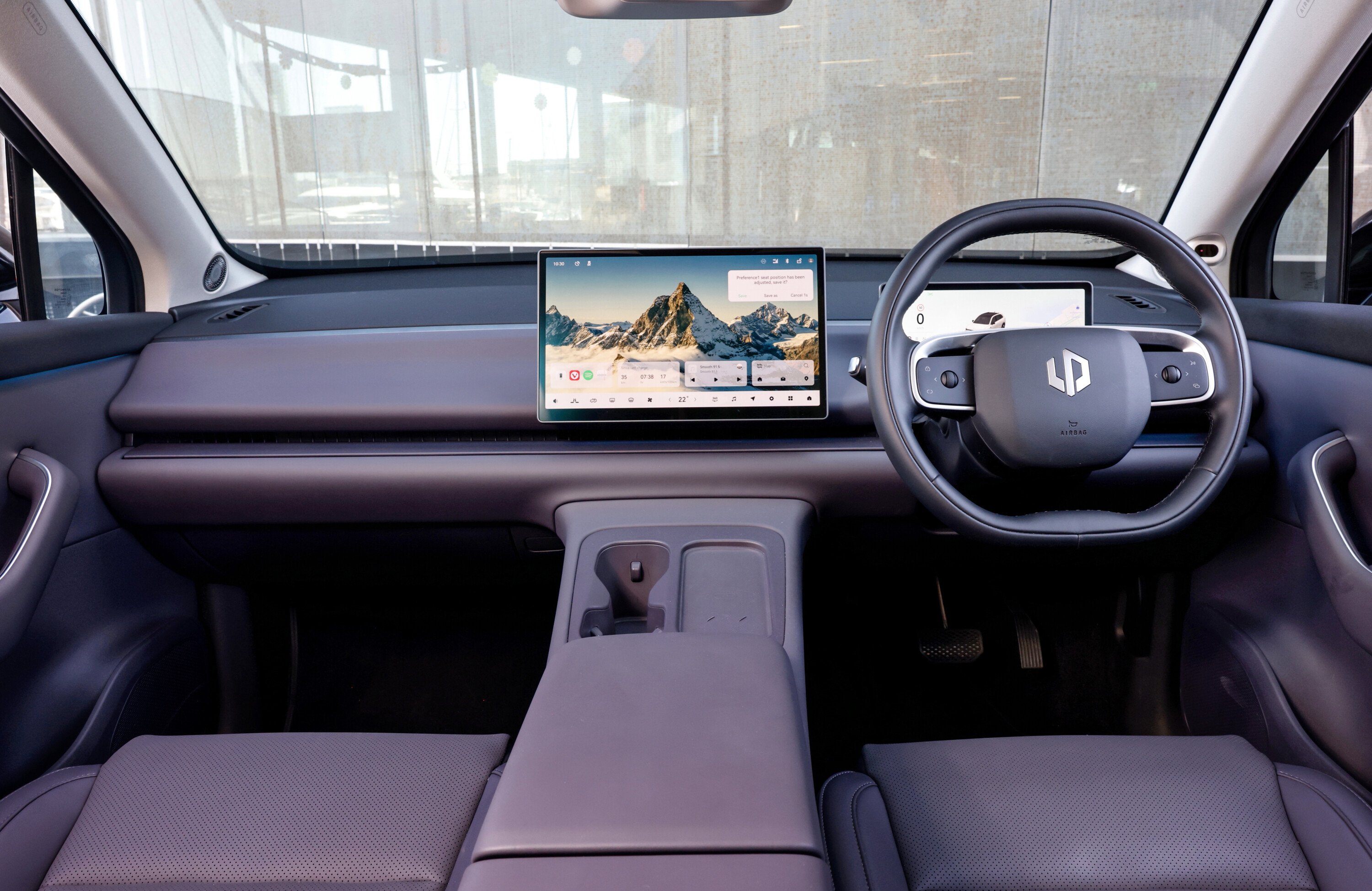
After this truly lamentable introduction, I switched the Leapmotor off (I think), took anything that could be stolen out of the cabin because there was no way I could tell if it was locking itself, and went for lunch. To be honest, I was a little shellshocked at what Leapmotor described as a software-defined vehicle.
It was an utterly oppressive experience and left me wondering how it ever got signed off as ready for a customer to sample. It was hard to imagine anything that could make you hate a vehicle more.
That’s a shame because, on paper, the C10’s got quite a lot going for it. There are two models. The Style trim starts at $45,888 or you can opt for the Design flagship at $49,888. That’s around $10k less than you’d start paying for something like a Kia EV5 or a Tesla Model Y, and the C10 is a good size, with more space in the cabin than something like a Toyota RAV4.
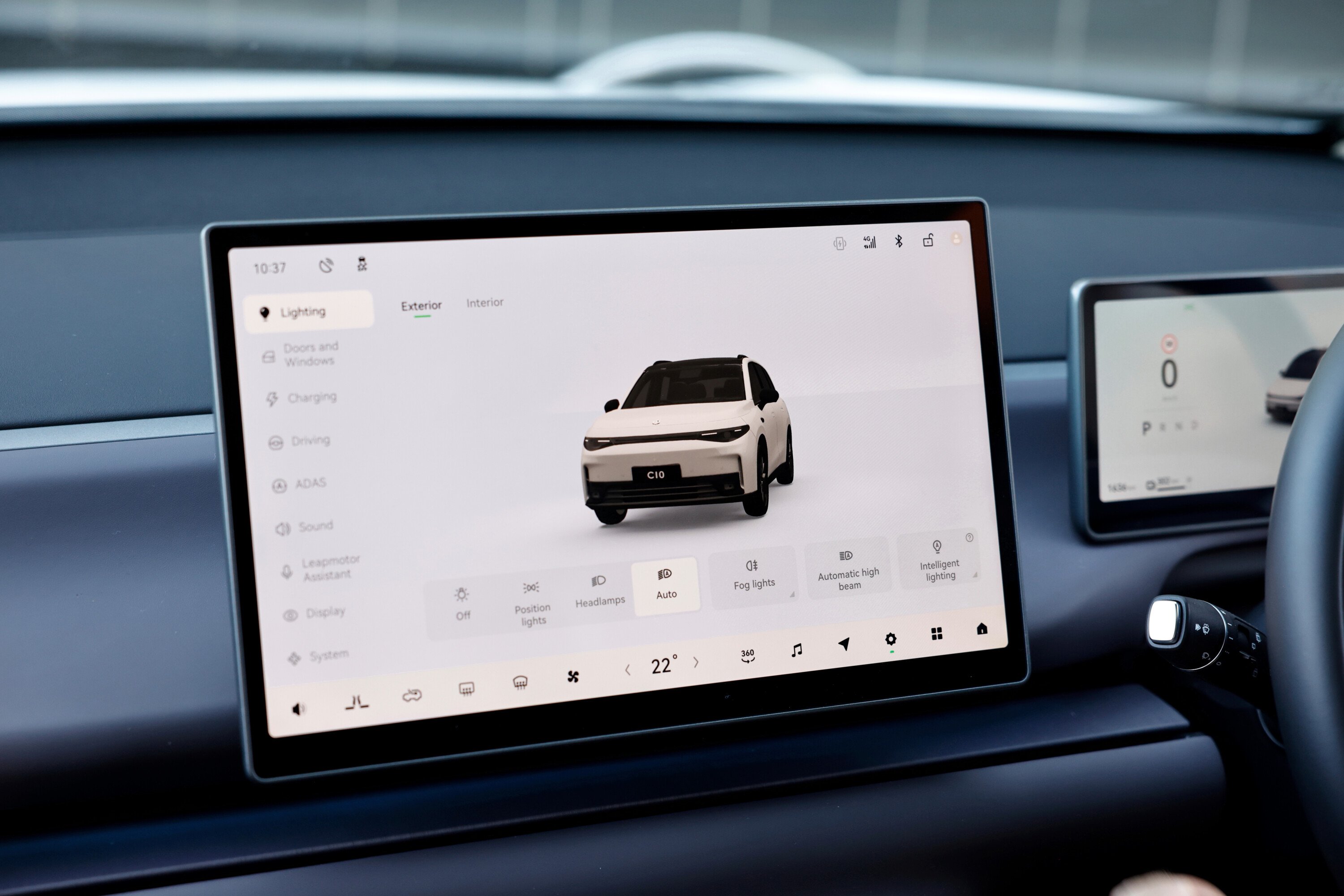
Both models send drive to the rear axle only, and the 69.9kWh lithium-ion phosphate battery delivers 420km of WLTP range, 160kW of power and 320Nm of torque. That translates to a briskish 7.5s to 100km/h from standstill. Take that lot together and you could definitely position the C10 as a bargain.
Determined to give the Leapmotor a fresh start, I got in and disabled as much of the hateful ADAS shovelware as possible. Fortunately, that’s fairly easy because you can access a big drop-down menu on the main 14.6-inch central touchscreen, which is refreshingly crisp and responsive thanks to its Snapdragon 8195 chip. Not all of the functions can be nixed on the move, so give yourself a few seconds when you get in.
The driving experience is transformed when the car’s not relentlessly badgering you. It’s a revelation. Without the aural assault, it’s relaxing and generally well-sorted.
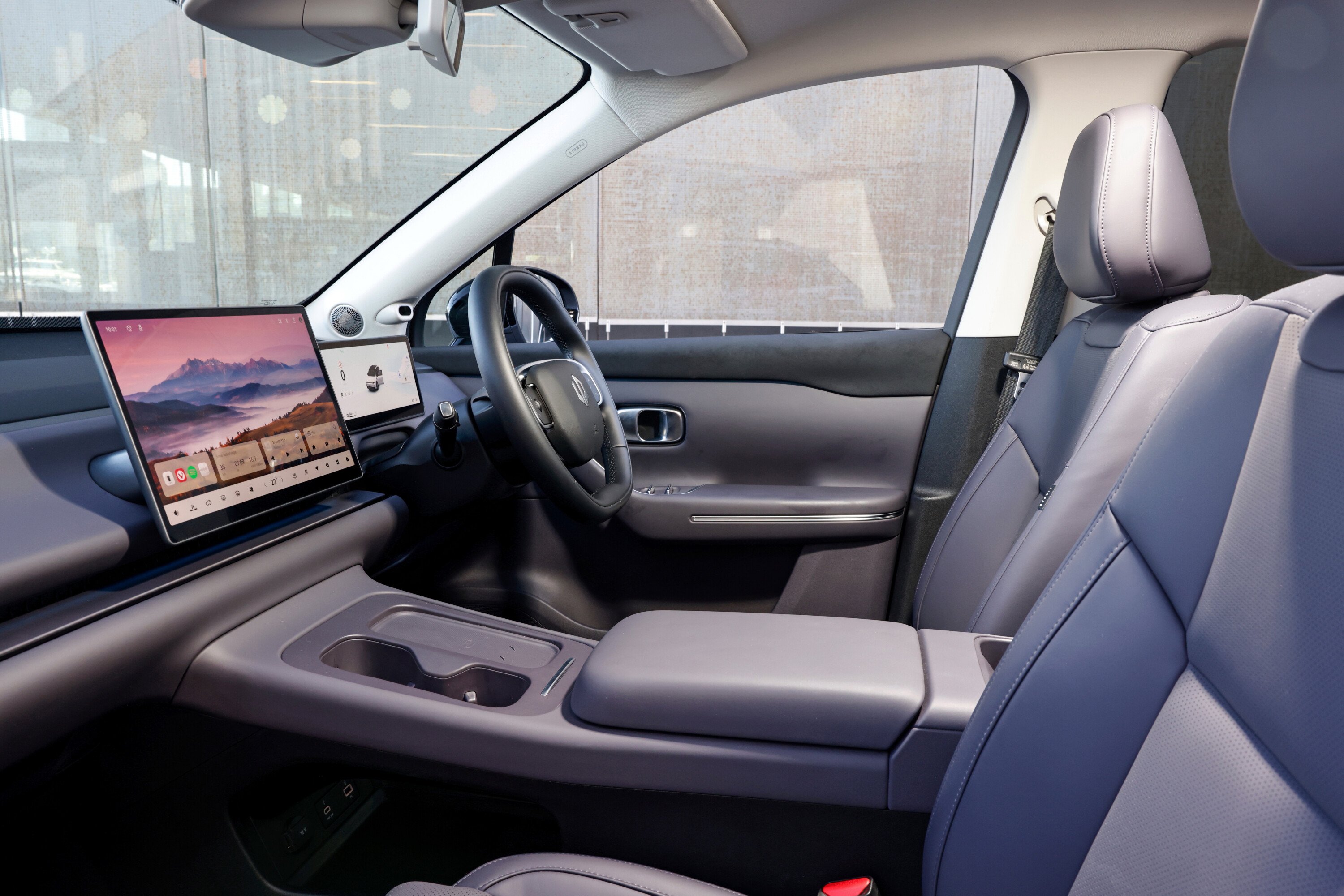
The ride has a firmish edge over speed bumps but is reasonably soft in roll, running on passive dampers, but can get flummoxed at higher speeds. The steering weighting can be altered across three settings (Comfort, Standard and Sport), with the middle one probably the Goldilocks zone, Comfort being fingertip light and Sport a bit like the steering box had been filled with molasses.
Likewise the reg-gen can be altered through Low, Standard and High, and the throttle response between Smooth, Stable and Robust. Got to love a bit of robust acceleration.
In truth, the driving experience is fairly vanilla. Perhaps that’s no bad thing in this sector, as many will be looking for something that’s refined, comfortable and low involvement. The Leapmotor C10 certainly scores in that regard, once its safety systems are dialled out.
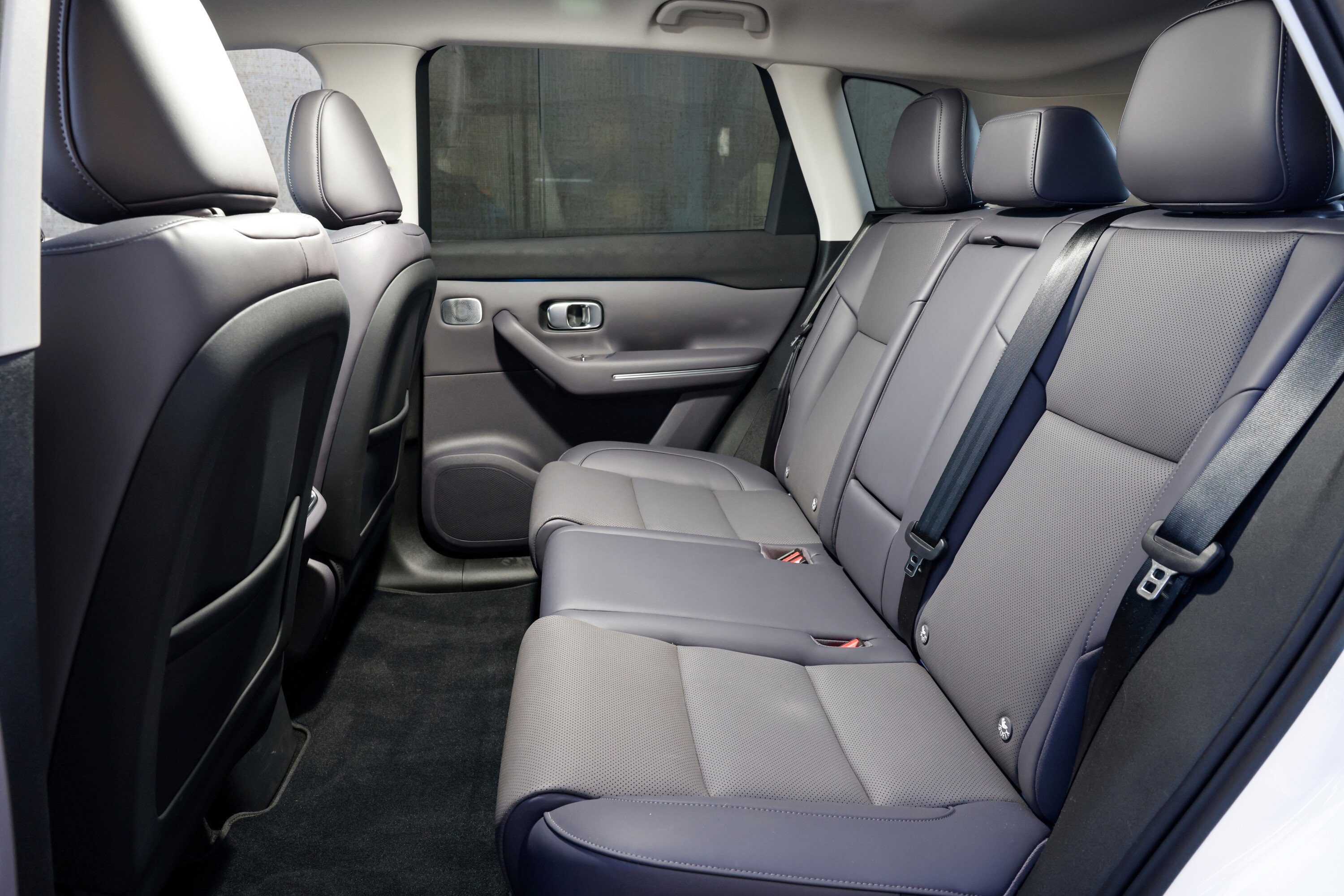
The Design variant I drove runs on a reasonable tyre, Dunlop e-Sportmaxx in 245/45R20, while the cheaper Style is fitted with an 18-inch wheel and, as a consequence, may well offer a little more suppleness.
There are some scratchy engineering decisions that you might expect from a ‘new’ manufacturer. The handover from re-gen to friction braking is a little unresolved, with light applications sometimes feeling alarmingly spongy. The one-pedal drive mode can only be activated or deactivated when stationary and the huge gaps to the vehicle in front preferred by the adaptive cruise means it’s easily bullied.
There are also some strange spec omissions such as a lack of front parking sensors, no seat belt height adjustment, no rear cargo blind and no spare wheel.
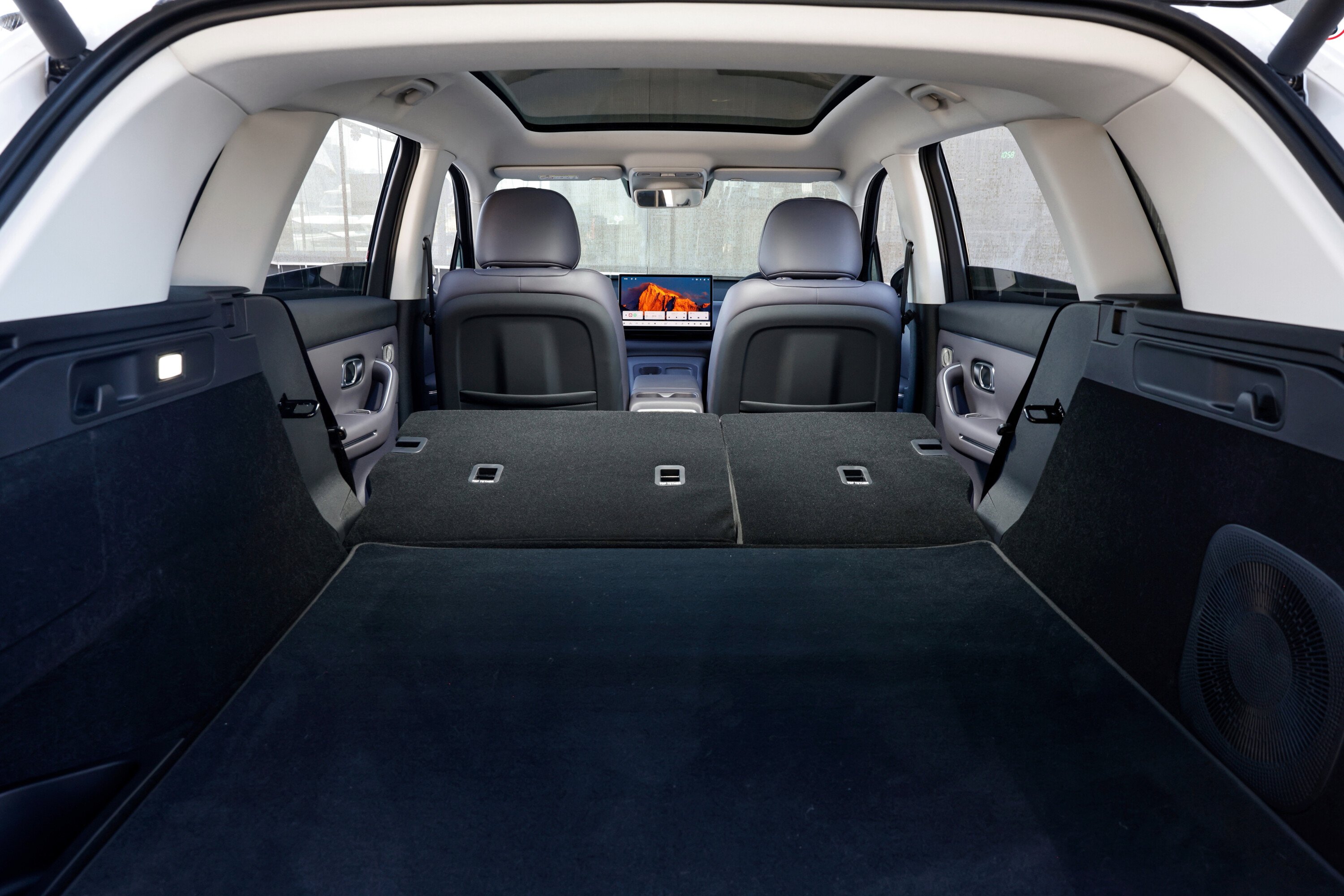
There’s quite a lot about the car that cribs rather shamelessly from Tesla. The adaptive cruise operates the same way as a Tesla, with a single tap on the gear selector to activate it and then a double tap engages lane centring. The screen-directed vents are an unwelcome Tesla introduction too. The scroll wheels on the steering wheel are also very Tesla, as indeed is the big centre screen with its insistence that you use native apps.
The Criollo Brown cabin would probably give Elon Musk an aneurysm. Another colourway is offered, the rather more boring Midnight Aurora, but the hilariously all-encompassing brown cabin – think Toffee Penny from a tin of Quality Street – gives the C10 a real point of difference.
Jump inside and you’ll be struck at how spongy the seats are. The surfacing on this Design version is a weird silicone-based faux-leather called Oeko-Tex that feels like you could hose a septic tank into and it would still clean up perfectly with a big pack of Wet Ones.
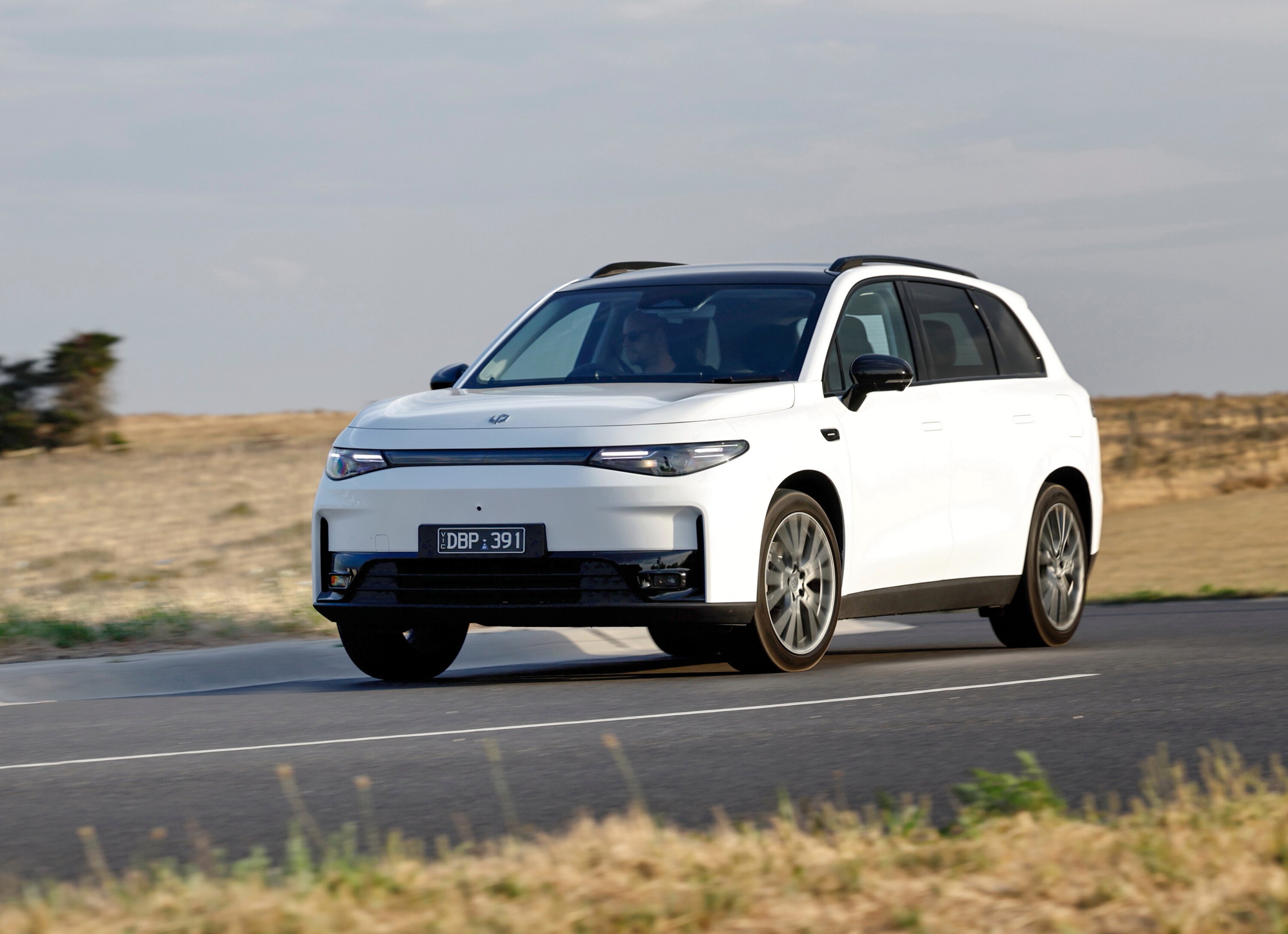
Both front seats are electrically adjustable, although only the driver’s seat adjusts for height. The low scuttle gives a decent view and the dash layout is ergonomically simple, with a wireless charger and a pair of cupholders in a centre console that also features a deep but unlined lidded box.
Is the lack of smartphone mirroring a deal breaker? For some it will be, and despite the fact that the C10 is supplied with an inbuilt SIM that can connect to its list of pre-approved apps, many will feel that they’re being denied access to apps that they’ve paid for and expect to use in their new vehicle. This will change when the next-gen LEAP 3.5 software platform arrives, but that may well be with the mid-life facelift for this car.
Accommodation is otherwise excellent. The front seats can recline flat to form a full length bed, and the rear seats have stacks of legroom and a fully flat floor. I’m 194cm and was easily able to sit behind my driving position, so it’s one of the most commodious offerings in this section of the market.
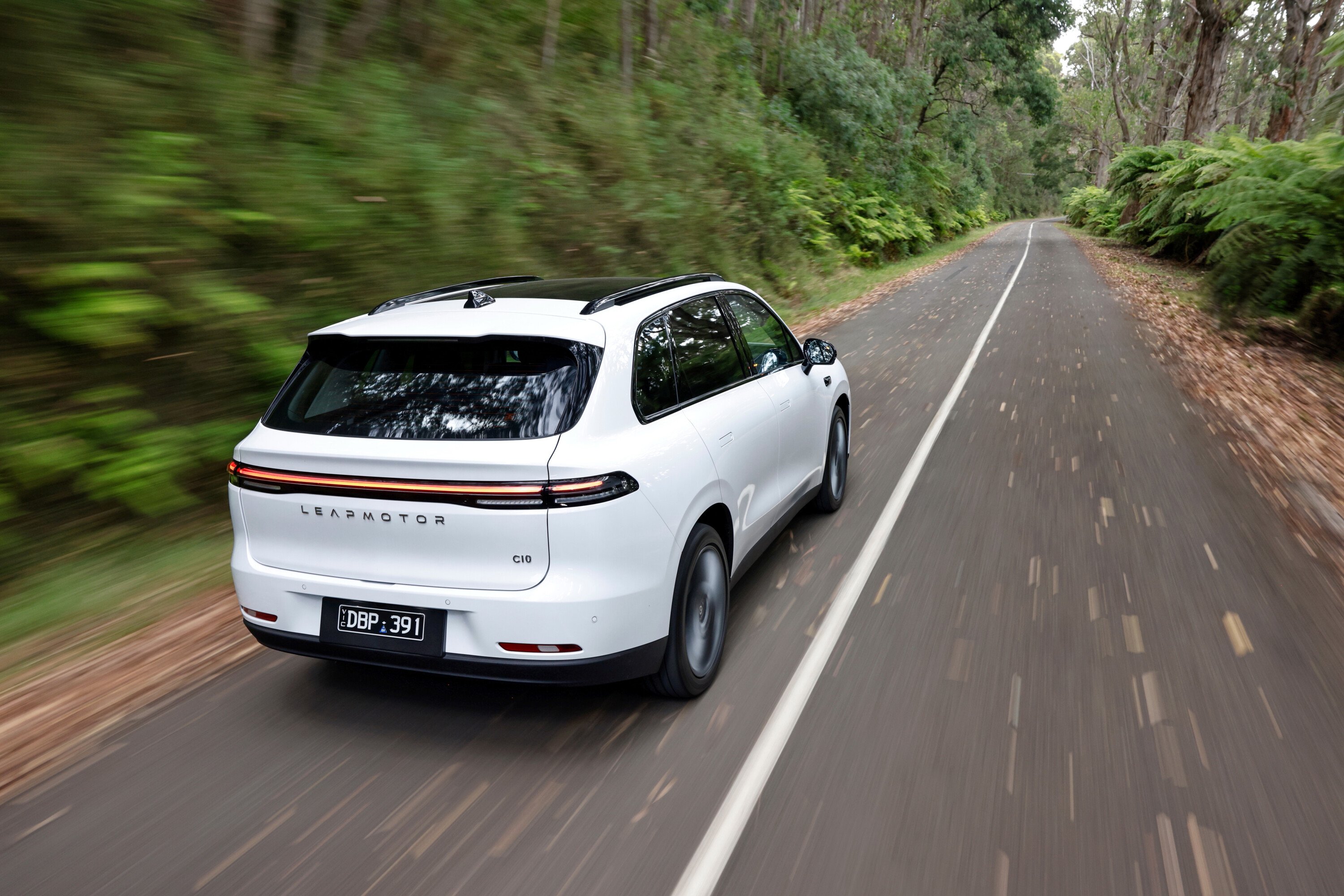
Headroom is also very good, and that’s with a standard full-length glass panoramic roof. Thankfully there’s also a motorised blind for this, which chunters back and forth in around 15 seconds. Both front and rear get two USB ports: one USB-A and the other USB-C. Strangely, the 60/40 folding rear has no cupholders nor does it feature a load-through ski flap.
Moving to the rear, there’s a tiny button that takes a bit of finding to open the power tailgate. Leapmotor claims 581 litres with the rear seats in place and 1410 with them folded, but there’s no underfloor storage and nor is there any storage under the bonnet.
Charging the C10 is relatively straightforward, but it’s certainly not lightning quick. In fact it’s one of the slowest-charging new EVs on the market, with peak charge rate capped at 84kW. If you’re looking smug because you have three-phase AC at home, wipe that grin off your face, because the C10 only charges at a maximum of 6.6kW on an AC charger.
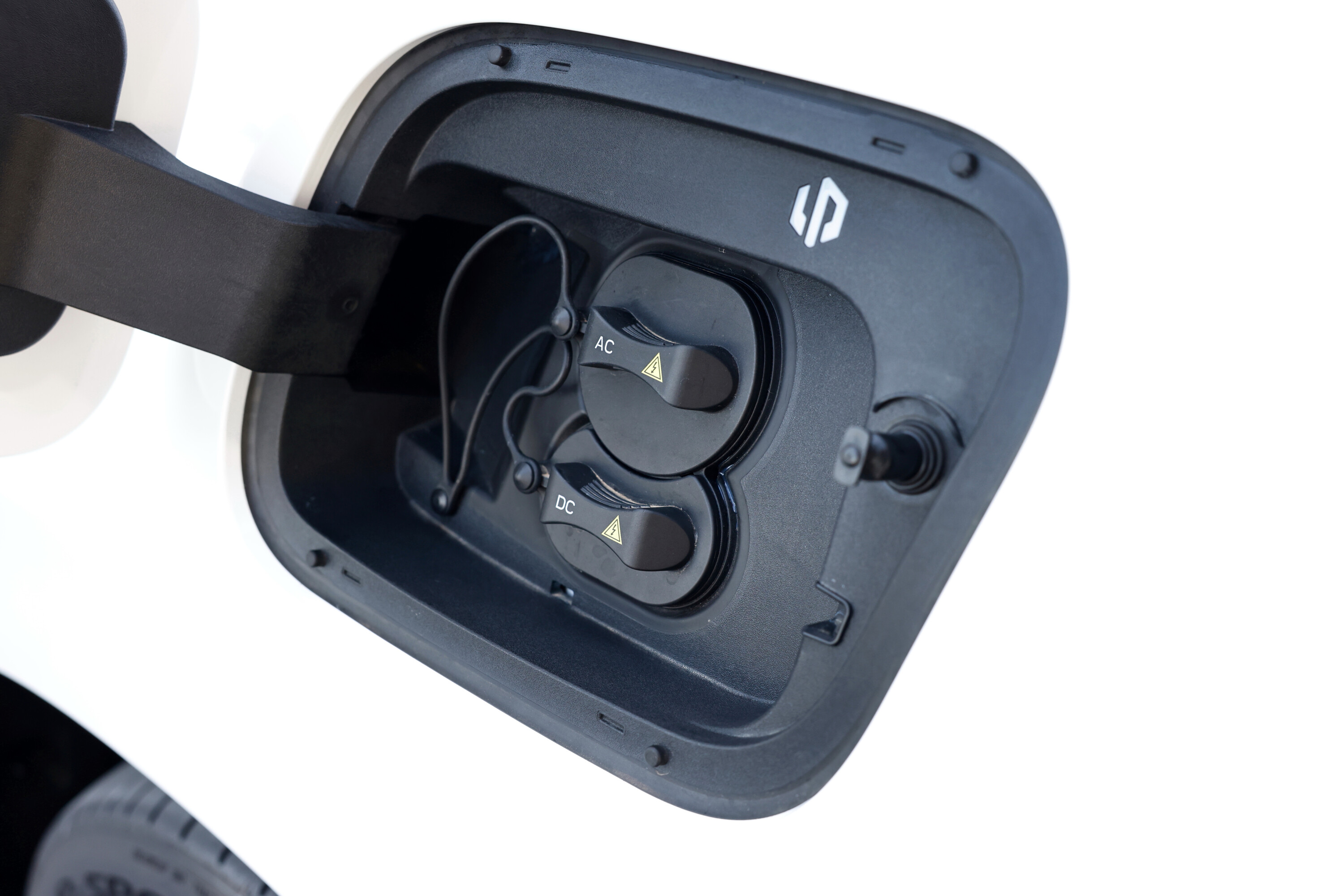
This means it’ll only add around 10 percent of battery charge per hour in your garage. To compound this issue, the WLTP-rated consumption for the Leapmotor C10 is 19.8kWh/100km which compares to around 15kWh/100km for most of its rivals.
On the plus side, Leapmotor is supplying the C10 with a seven-year/160,000km warranty which includes a year’s free Chargefox subscription. The battery pack is covered for eight years/160,000km and service intervals are every 12 months or 20,000km, with prices capped for the first five services.
As you might well expect, the Leapmotor dealer network isn’t huge, and it has expanded into free space within its parent Stellantis’ network. At the time of writing, this extended to 12 dealerships across Victoria, New South Wales, Queensland, South Australia, Western Australia, and the Australian Capital Territory.

Plans are afoot to double that dealer footprint in Australia by the end of 2025, and Leapmotor will need to if it’s to achieve its lofty sales ambitions.
Further peace of mind is added with a full EuroNCAP five-star safety rating, mirrored by ANCAP, which featured an excellent 89 percent score for adult occupant protection, 87 percent for child occupant protection and 77 percent for both vulnerable road user protection and safety assist.
Pearl White is the only standard paint finish. Beyond that, you’ll need to fork out $990 for the colour palette of Terra Grey, Midnight Grey, Metallic Black or Jade Green.
The Leapmotor C10 and I got off to a bad start. Since then, I’ve had a little time to reconsider. As a vehicle that’s probably going to do low demand duties such as local shopping and school run duties it makes a certain sort of sense.
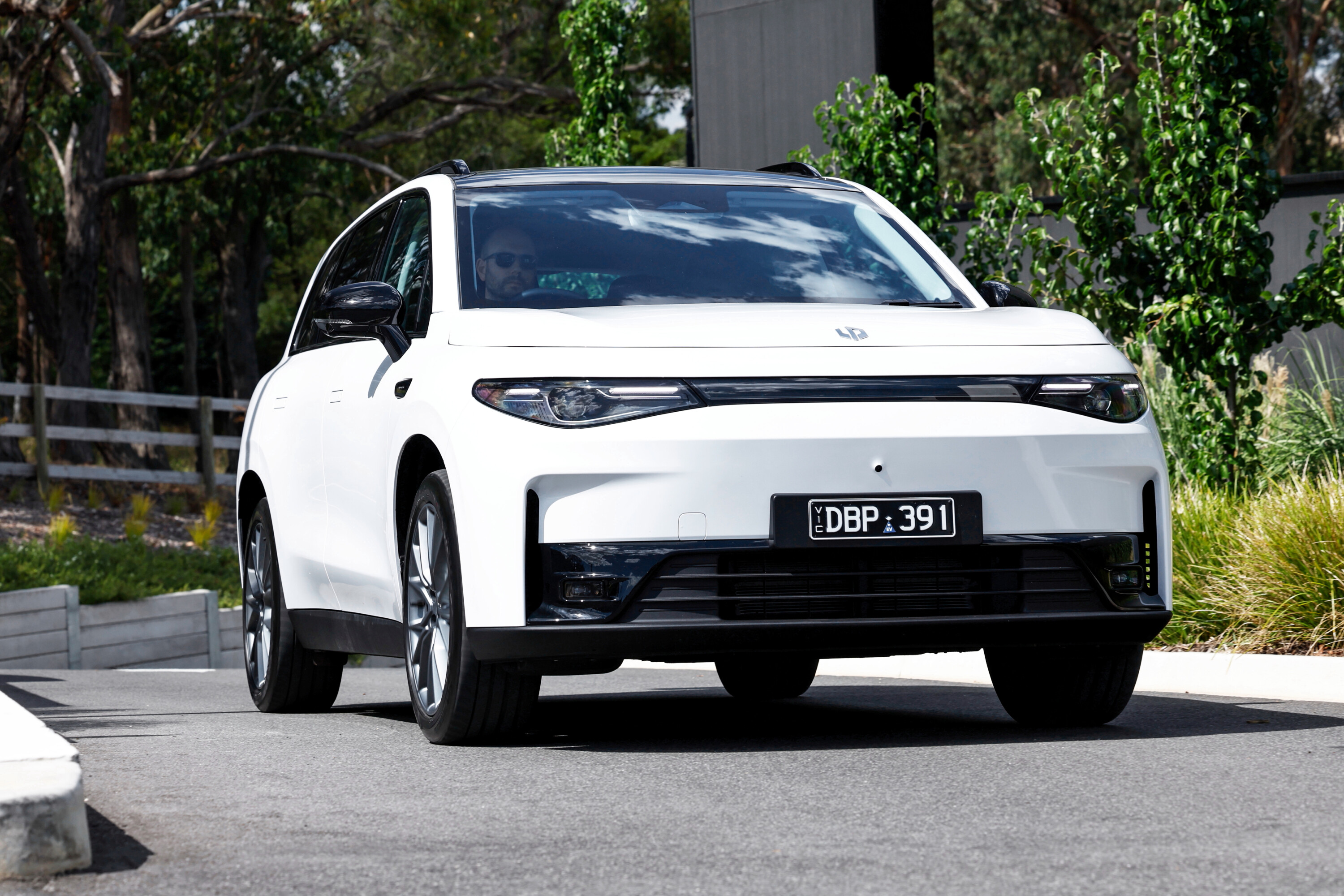
Paying mid-spec Kia Sportage money for a full electric SUV with a long warranty and stacks of interior space has a certain appeal, although probably not one which chimes with the typical Wheels reader.
It feels as if this car could do with a head-to-toe software reappraisal if it’s really to step into a higher league of customer appeal. It gets a lot right, and as a basis for the incoming C10 REEV range-extender model, it promises much. How bad is this thing for $50k? Surprisingly good, actually. Still wouldn’t make my shortlist though and I’m guessing you might feel the same.
Post-review note: Leapmotor has already delivered a number of separate over-the-air updates since the release of the C10 to address frequent complaints about its driver-assist technology.
We recommend
-
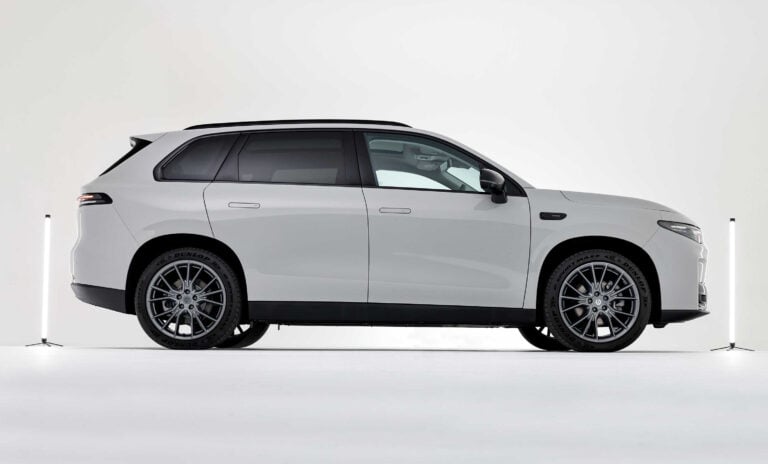 News
News2025 Leapmotor C10 electric SUV: Australian pricing and features
Chinese brand Leapmotor is now in Australia with its first model, the all-electric Model Y and RAV4 rivalling C10 SUV.
-
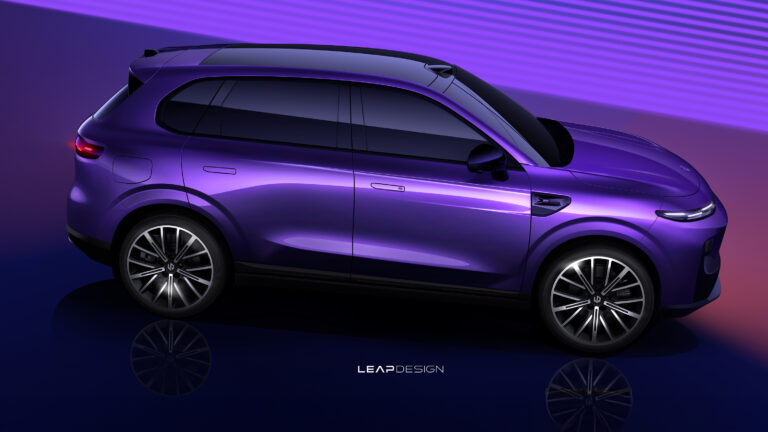 News
NewsLeapmotor B10 revealed, could be Australia's cheapest electric SUV
Chinese brand Leapmotor will soon launch its second new EV in Australia, the B10 – and it could be a bargain buy
-
 News
NewsNew car calendar 2026: All the new cars coming to Australia next year
Here’s the WhichCar by Wheels guide to all the new cars that will launch in Australia in 2026. Check back in regularly for updates...






